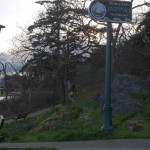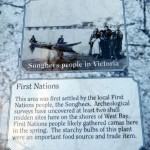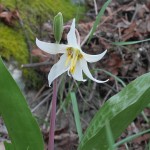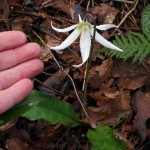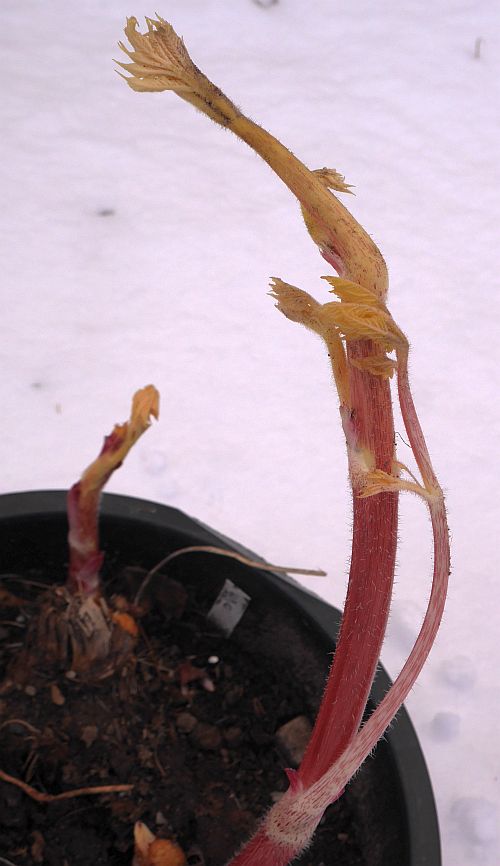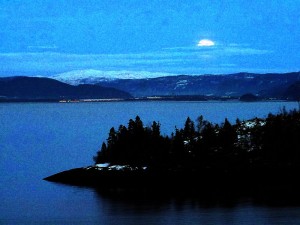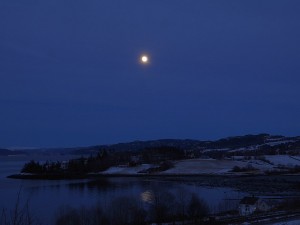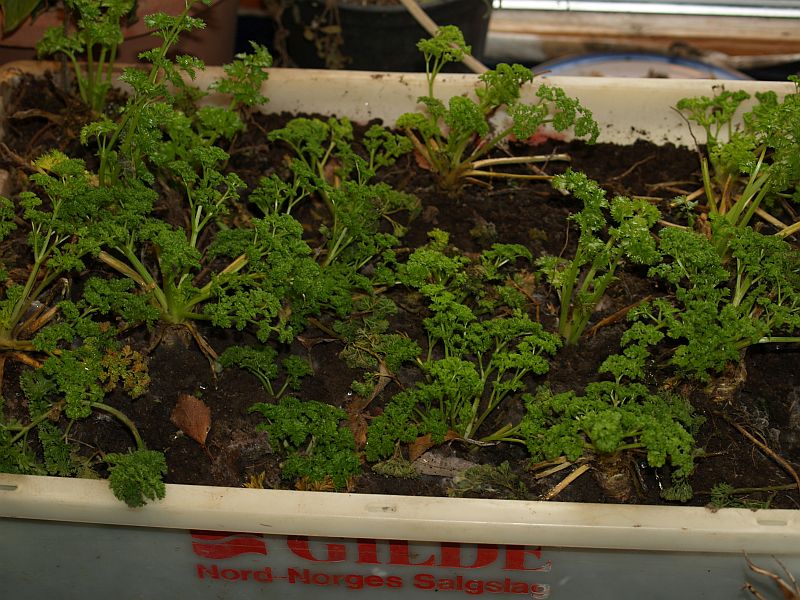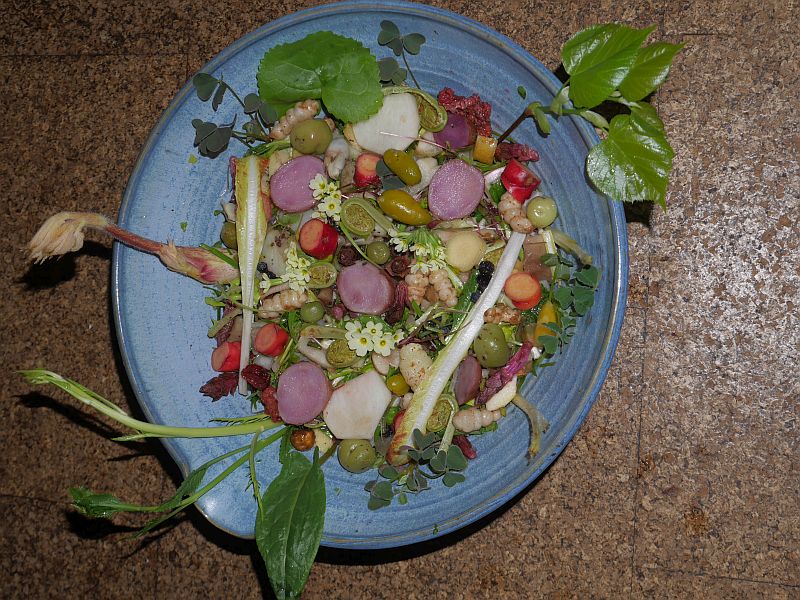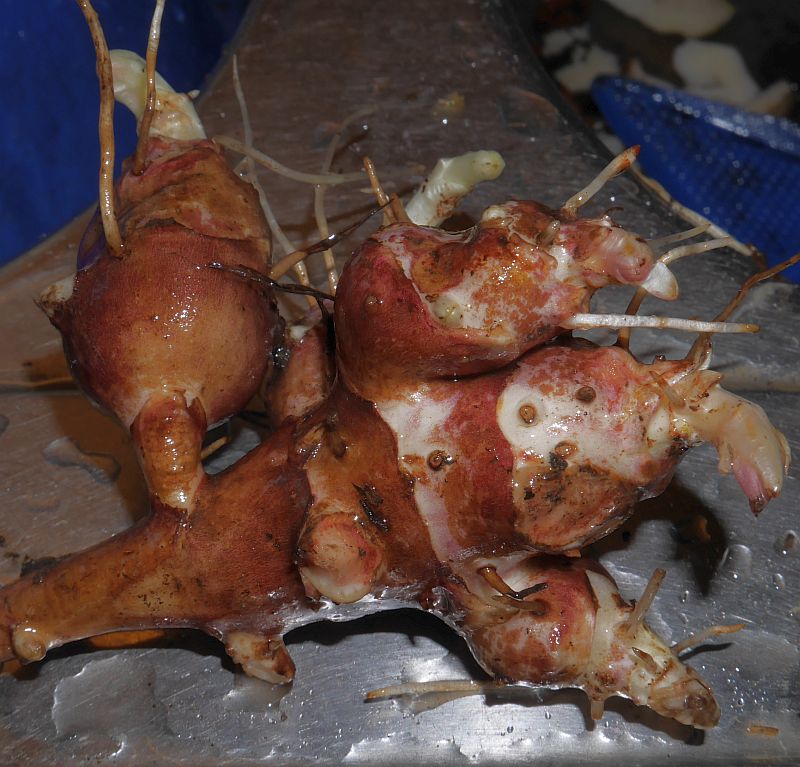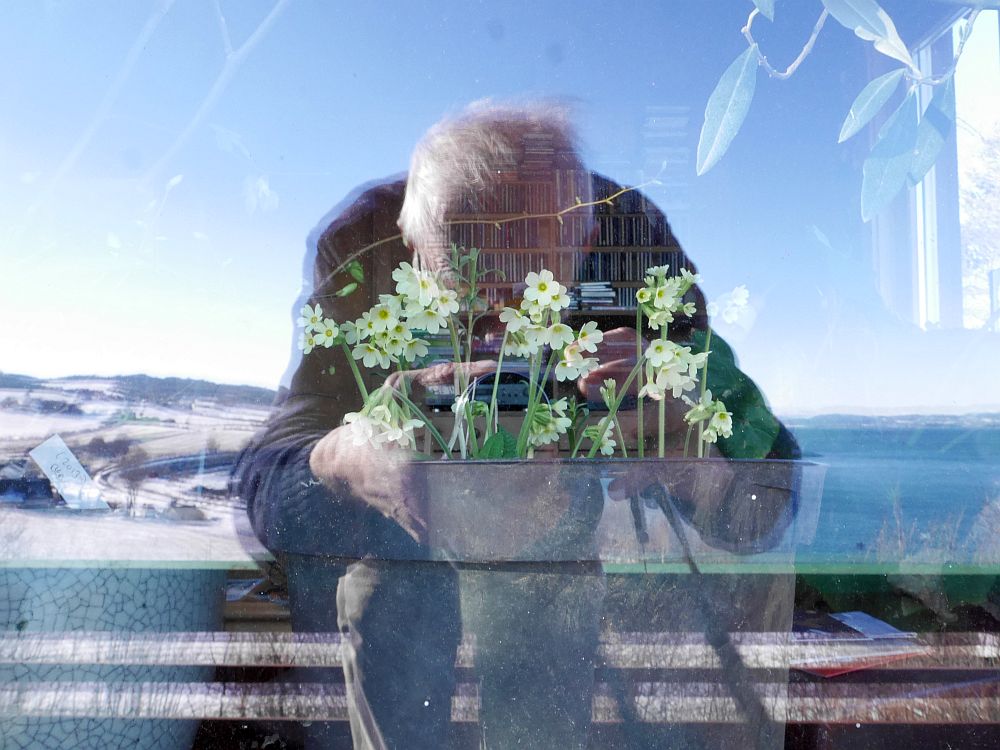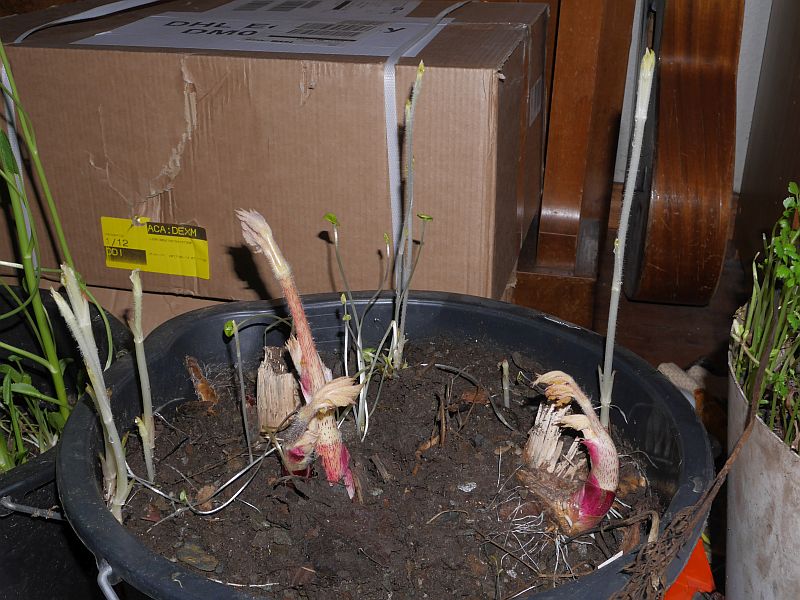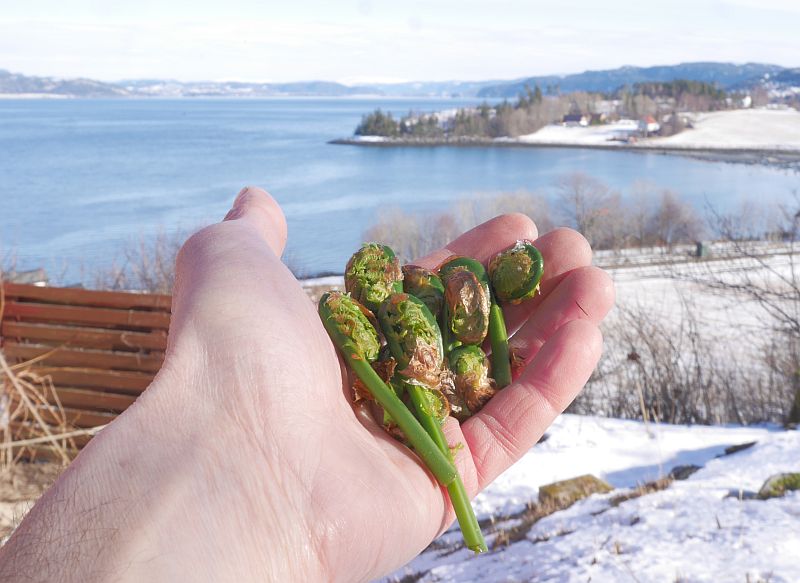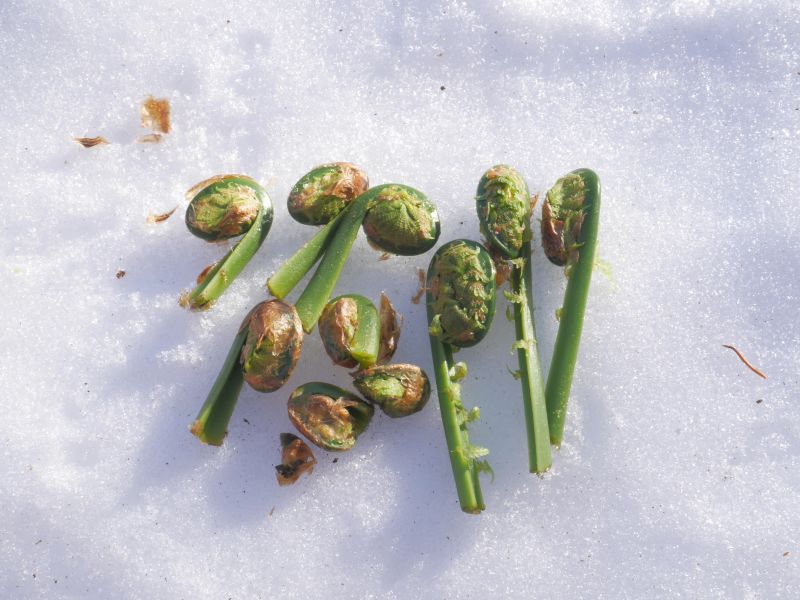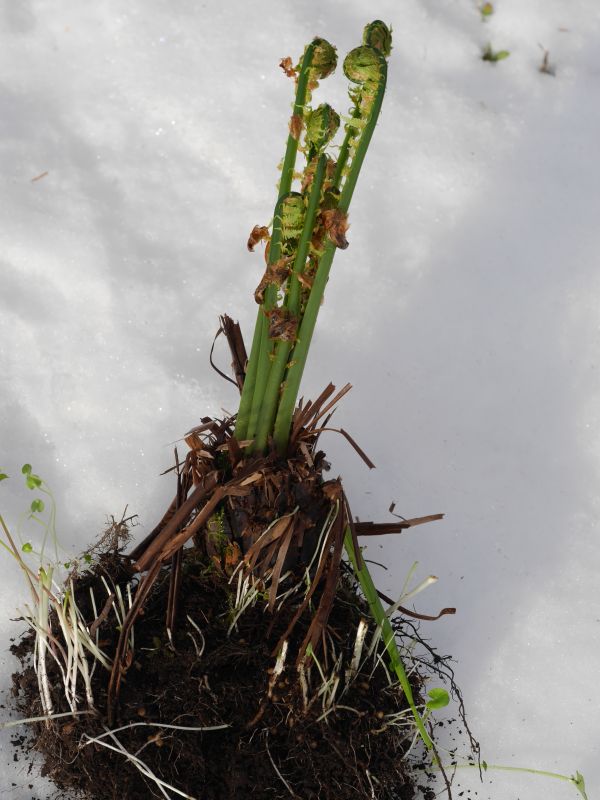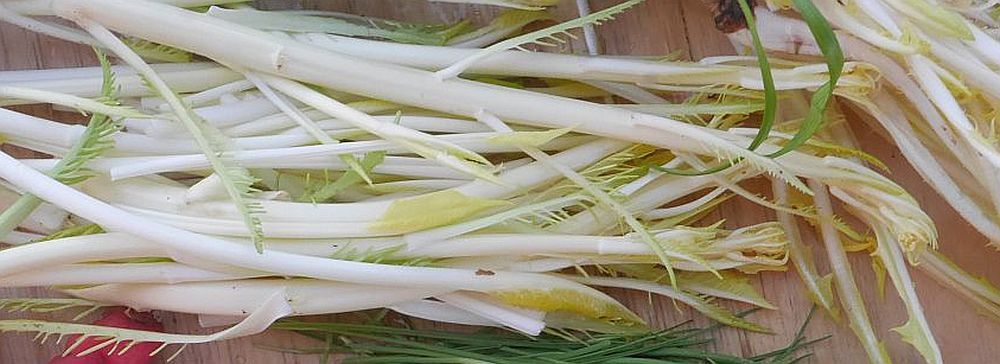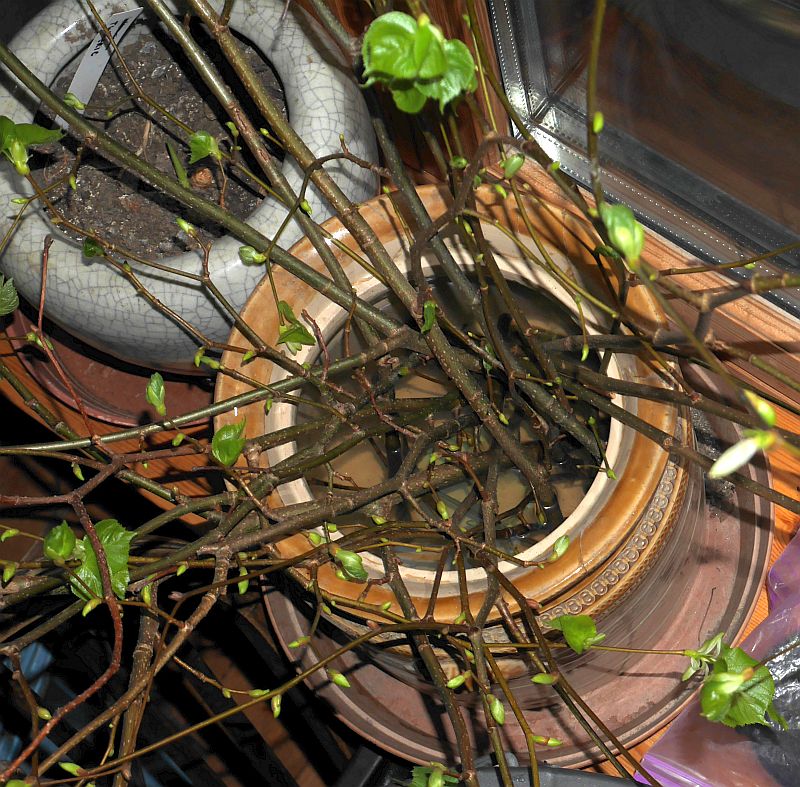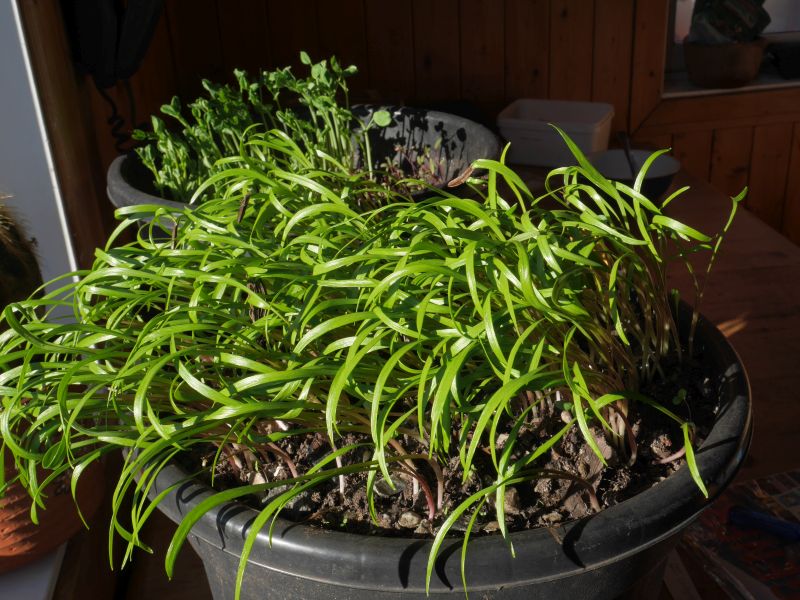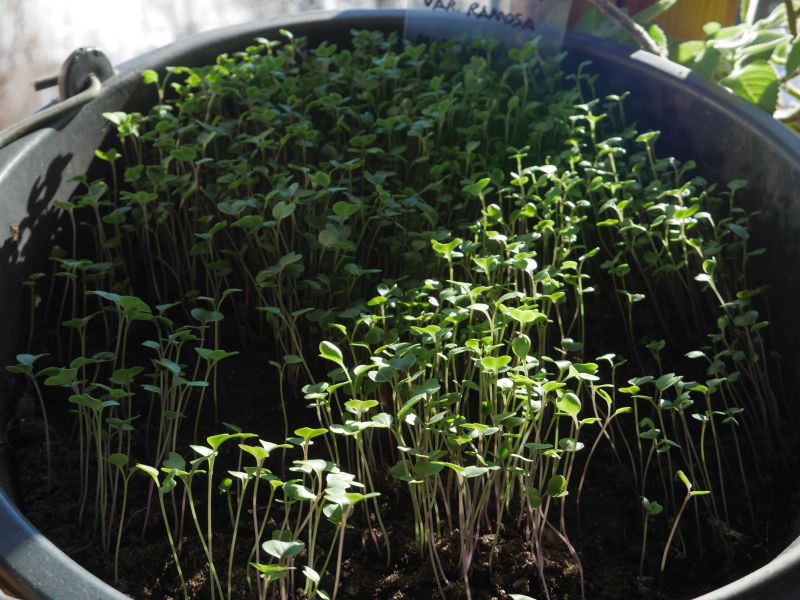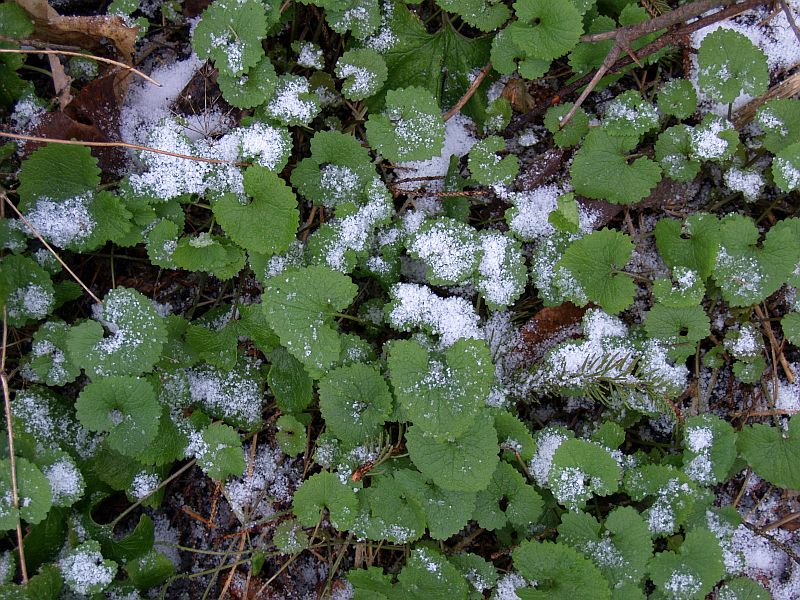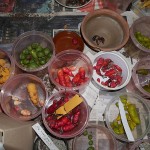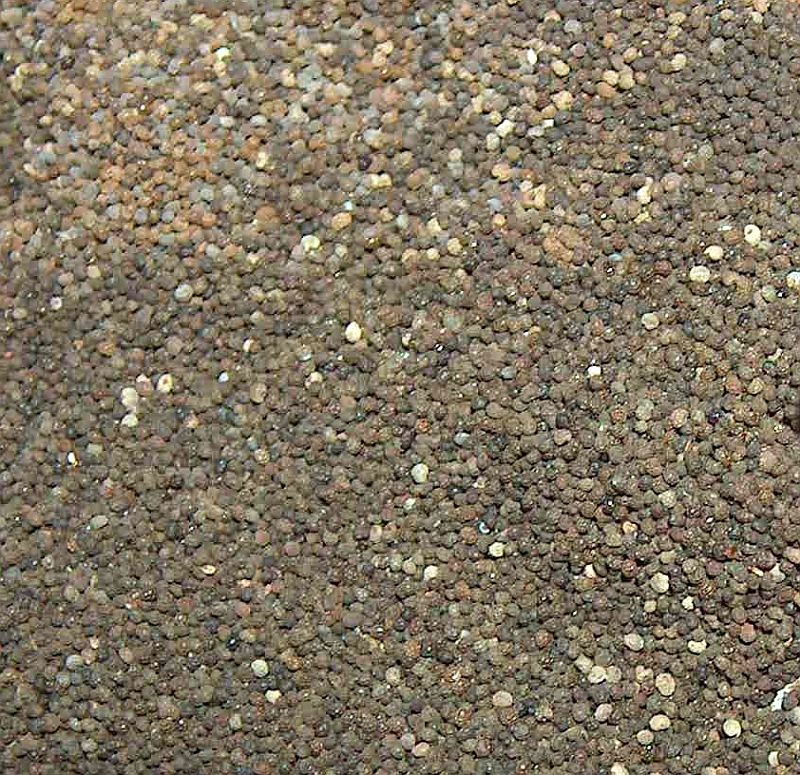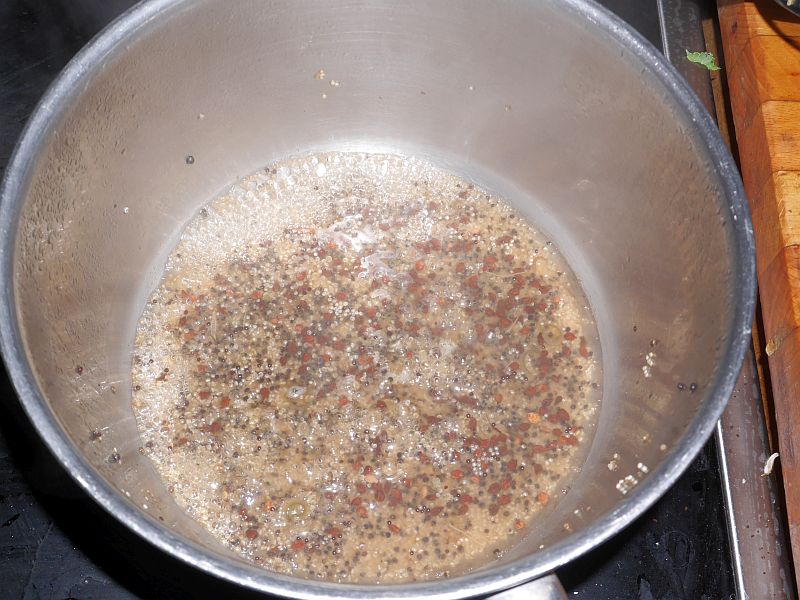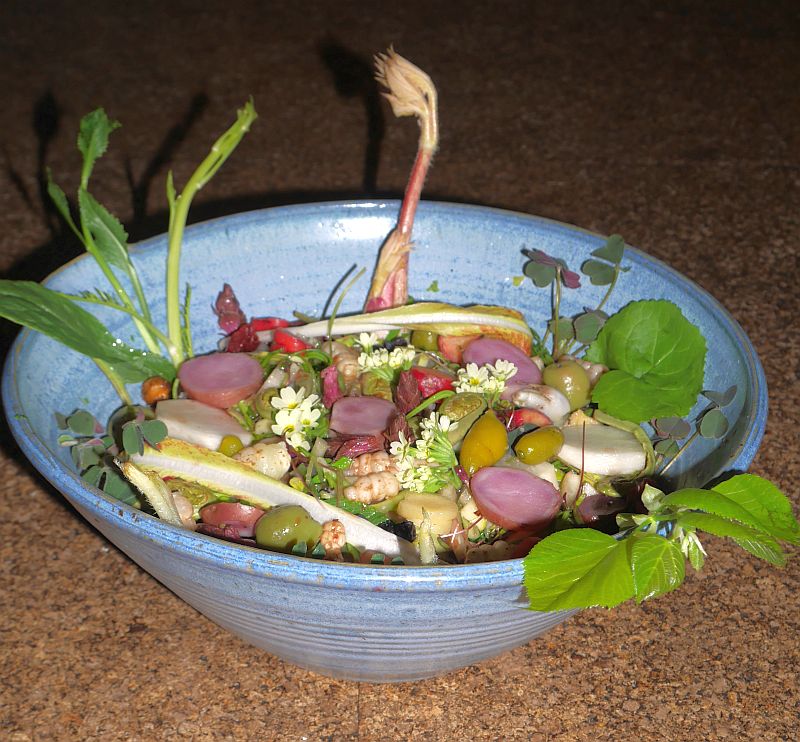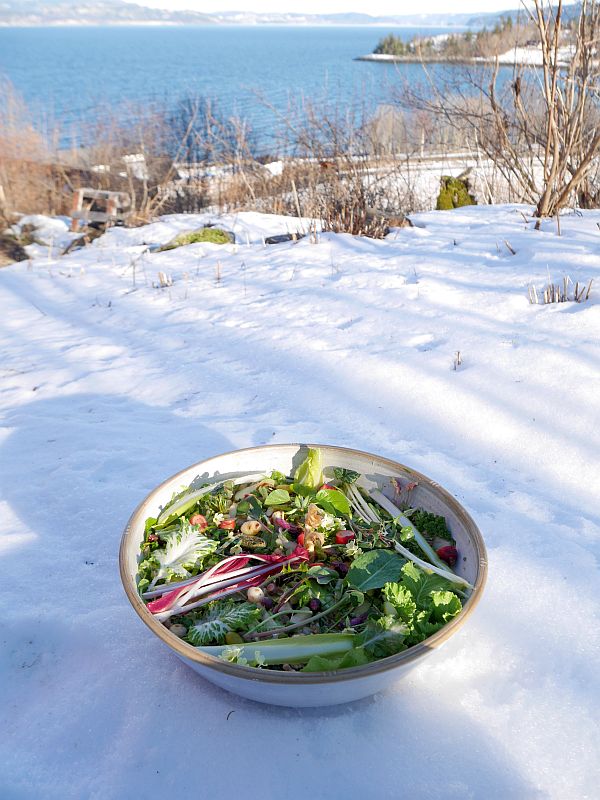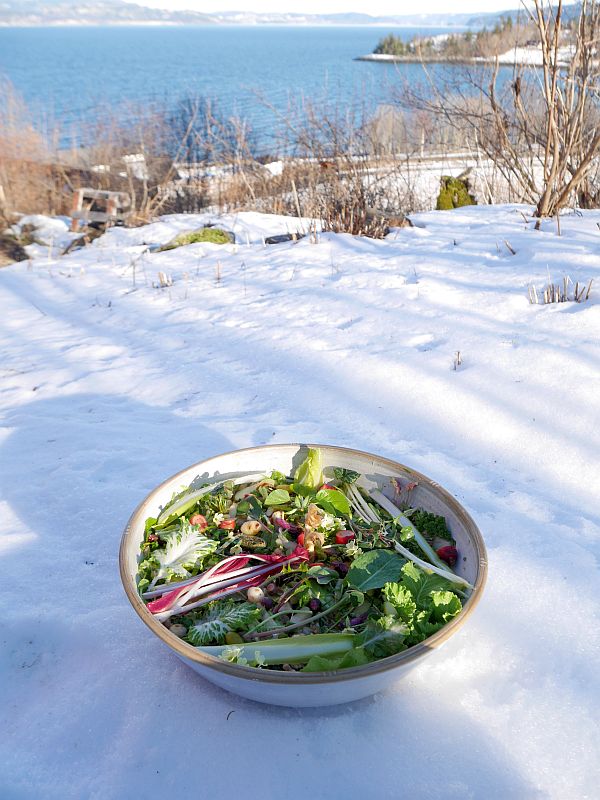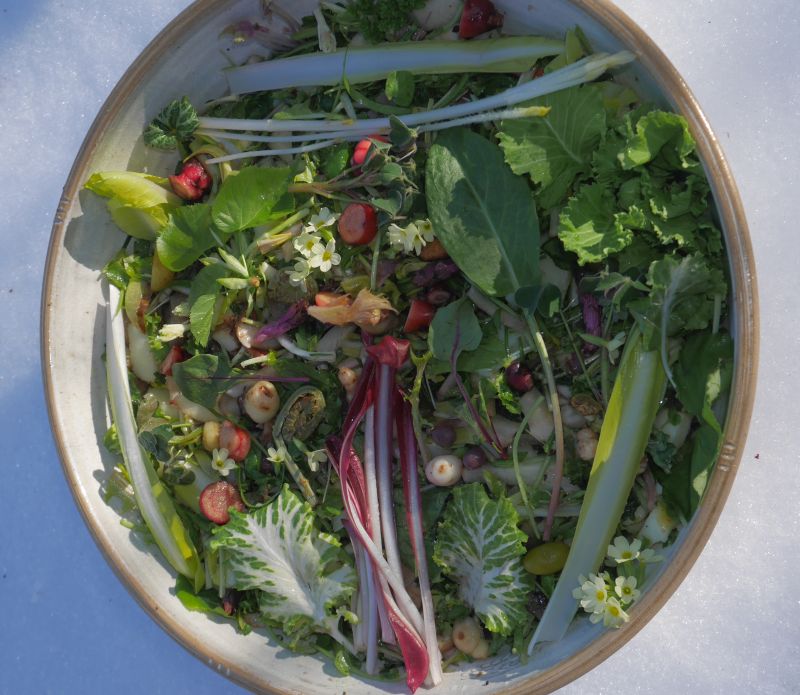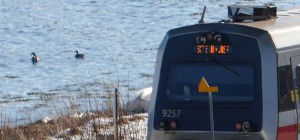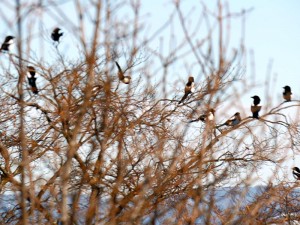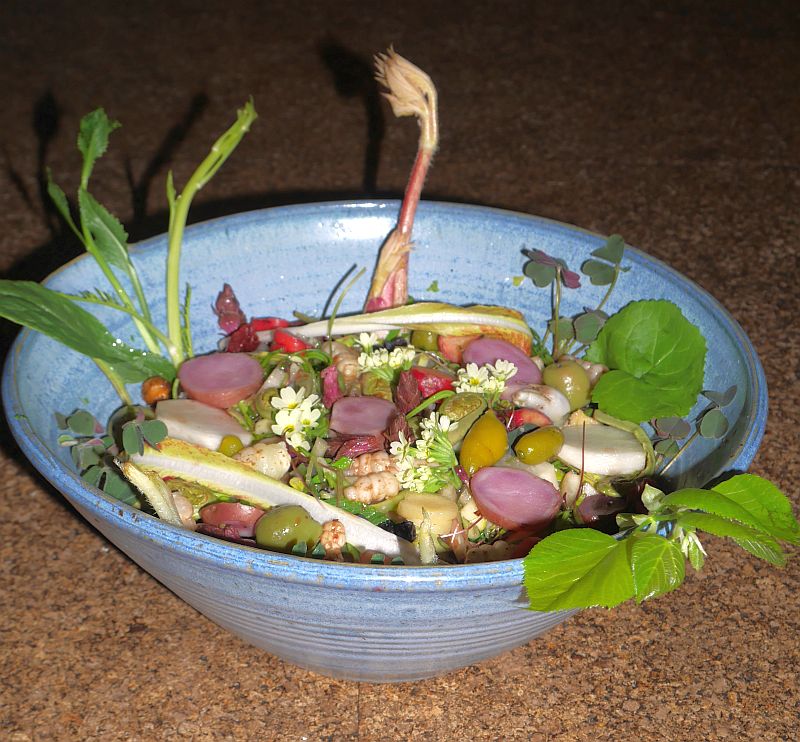My first day in Victoria and Vancouver Island, BC was a mixed one. As this was probably my only chance I decided to go to the Butchart Gardens, a one hour bus ride outside of Victoria, and rated by some as one of the finest gardens in the world. I didn’t have high expectations, but was disappointed that there were almost no plant labels (apart from the rose collection) and otherwise very few native plants as far as I could see…
The botanical highlight was walking back to my lovely Airbnb room along the 30 min long Songhees coastal path. A interpretive sign informed of the rare Garry oak (Quercus garryana) ecosystem in which both camas (Camassia), an important Native American food plant, and Fawn lily (Erythronium oregonum) grew alongside Dodecatheon (shooting stars)! A couple of minutes later I saw many fawn lilies in the woods and one emerging flower stalk of Camassia (both leichtlinii and quamash grow here)!
Almost exactly a year ago, I was on the otherside of the Pacific witnessing the mass flowering of katakuri (Erythronium japonicum) in Japan: http://www.edimentals.com/blog/?p=9121
Monthly Archives: March 2017
Forced blanched Udo Baccalao
Inspired by my visit in the spring to Tokyo’s underground blanching of Udo (Aralia cordata), see http://www.edimentals.com/blog/?p=8299, I dug up a couple of roots in the autumn for indoors forcing. I kept them cold in the cellar until about a month ago and then progressively moving them first to a cool room at about 10C and then the living room at about 18C when I’m at home (about the same temperature as down the Udo underground forcing caverns!)
I used them both in salads and also in a mixed vegetable baccalao dish. Baccalao is a Norwegian / Portuguese stew based on dried and salted cod.
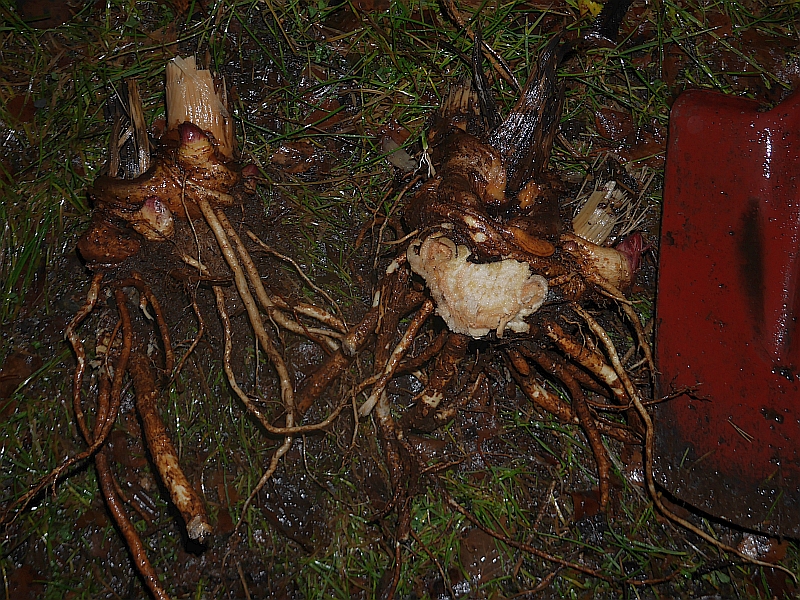
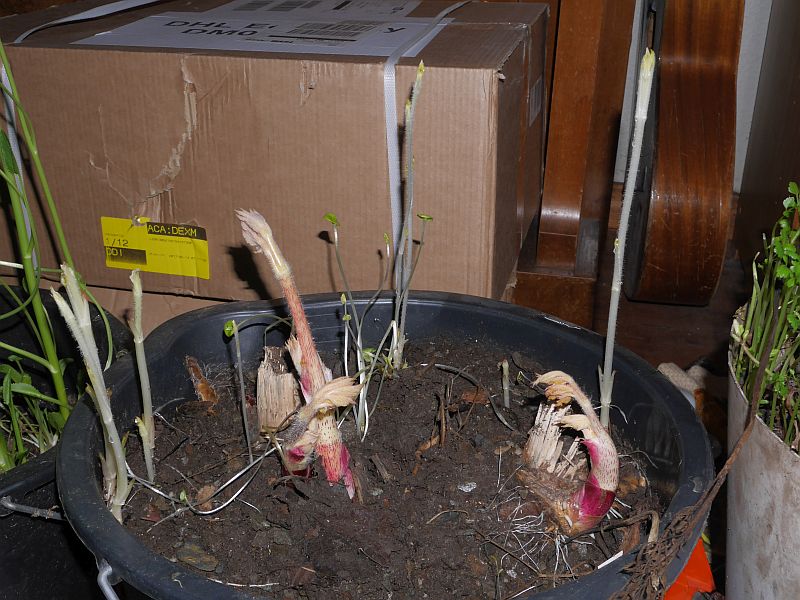
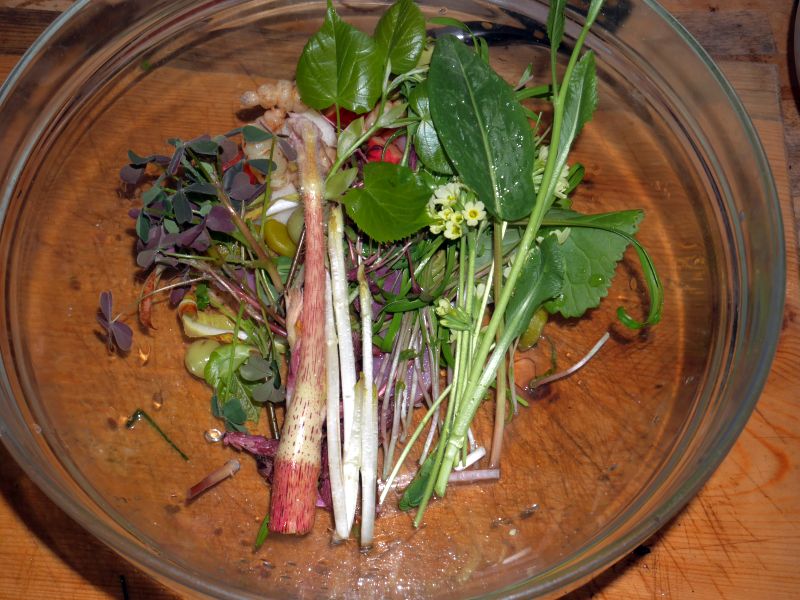

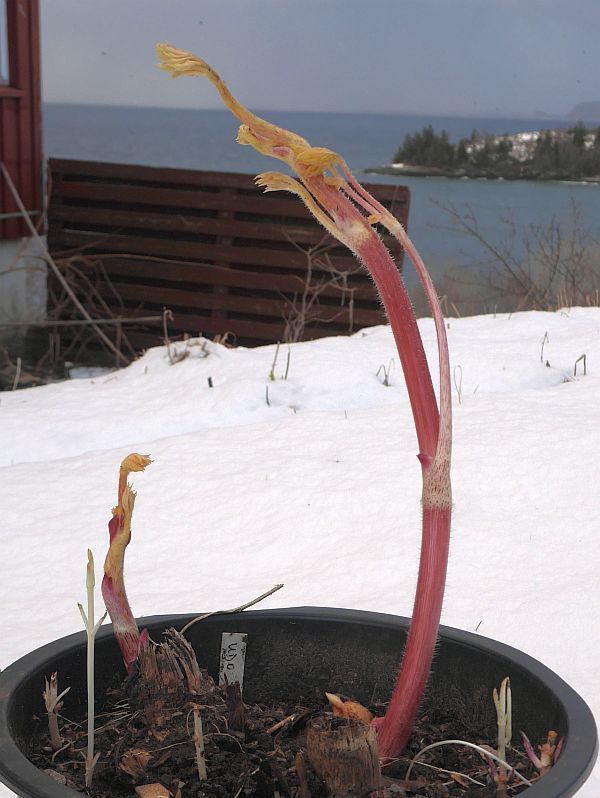
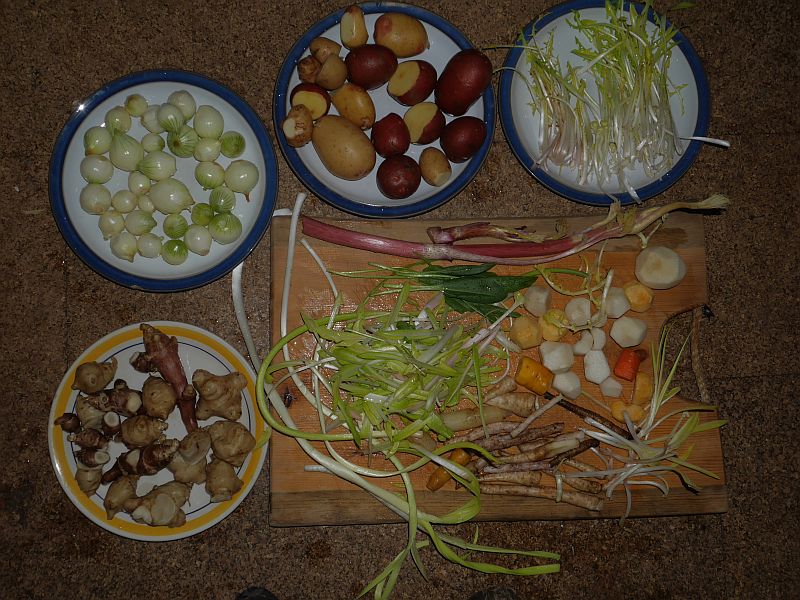
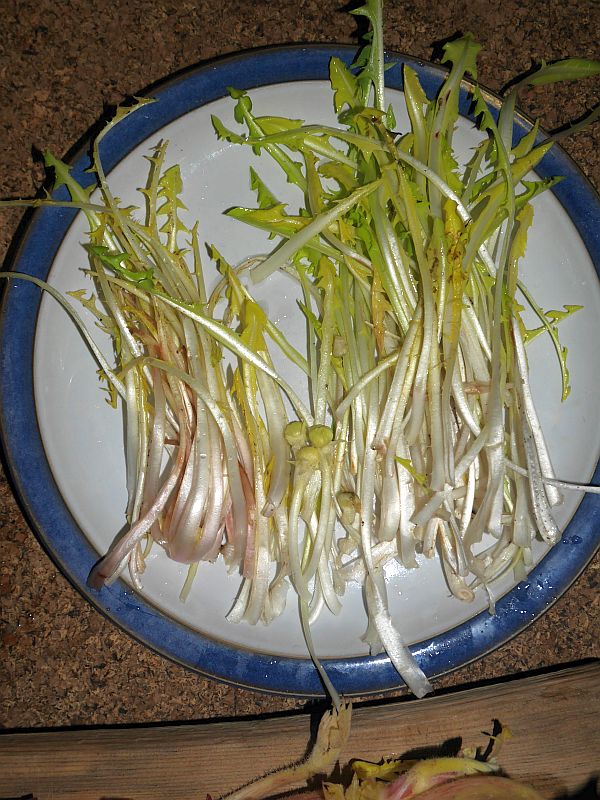
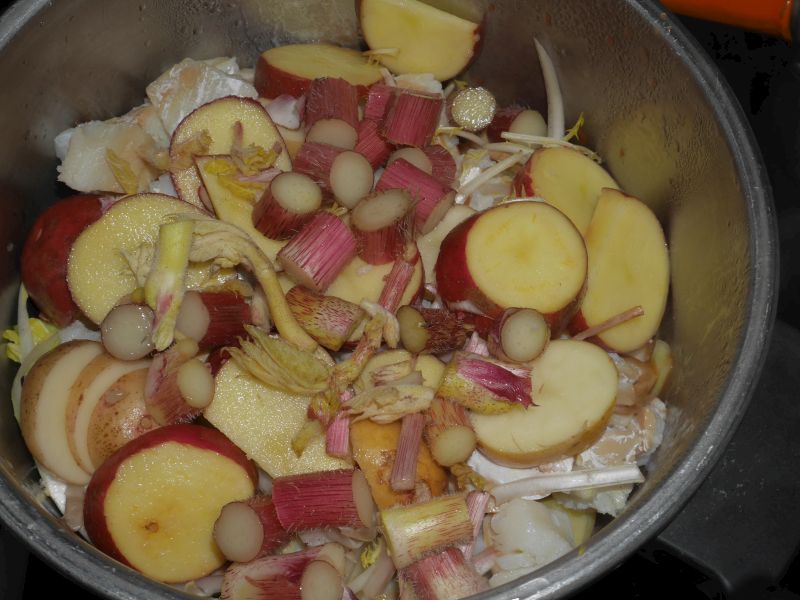
Join me for a weekend in Sogn and Hardanger
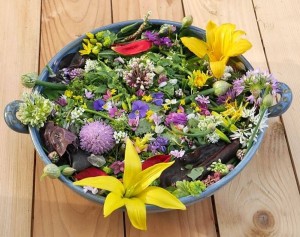
On my way to Canada, I’m doing a slight detour to Hardanger and Sogn in western Norway where I’m giving a talk for Sogn Jord- og Hagebruksskule (1700-1900) at Marianne Bakeri & Kafè in Aurdal (free entrance) next Friday 24th March (see also https://www.facebook.com/events/1866177443666754) .
I then travel on to Jondal where I’m taking part at a weekend course in small scale organic cultivation at the Hardanger Academy. See the press release below (and at http://hardangerakademiet.no/grunnkurs )
Pressemelding frå Hardangerakademiet, mars 2017
Interessert i giftfri, trygg og sunn mat, kurs i økologisk dyrking?
Den sjette seminarhelga i Hardangerakademiets grunnkursserie går 24. – 26. mars. Tema er: ET LAND – OG HAGEBRUK NÆRMERE NATUREN .
Økologisk dyrking for småskala yrkesdyrking og hagebruk.
Kurset har både praktiske tema om jordpleie, levande og frisk jord, om dyrking av grønsaker, frukt og ber, permanent hagebruk med fleirårige, spiselege vekster og meir teoretiske tema som utviklinga av jordbruket historisk og i framtida.
Føredraga omhandlar t.d. biologisk dynamisk dyrking, organisk biologisk dyrking og økologisk landbruk for framtida, samanhengar frå jord til bord til helse, landbrukets forhold til klima, miljø, jordliv, insekt, fuglar, mm. og landbruksutviklinga frå middelalderen til framtida.
Føredragshaldarar er: Arvid Wold, agronom, Dan Ente, gartnar, Vidar-Rune Synnevåg, gardbrukar, Reidun Pommeresche, siv.agronom og forskar, Tom Harald Eckell, økogardbrukar, Stephen Barstow, forskar – og mye anna.
Dette er det siste helgeseminaret i akademiet sitt grunnkursserie for undervisningsåret 2016/2017. Til hausten startar ein opp med eit nytt grunnkurs i fred, utvikling og miljø.
Det er mogleg å delta på ein av dagane eller på enkeltføredrag. Påmelding og kontaktinfo ligg på heimesida til Hardangerakademiet og på Facebook.
Gjør denne våren til din beste vår! Start med kurs i økologisk dyrking!
The weekend full moon
The March 2017 Extreme Salads: Ingredients and preparation!
I had already agreed in the autumn to take part in the culinary program of this year’s Kosmorama Film Festival in Trondheim in collaboration with the leading restaurant Credo. I therefore made my plans to make a diversity salad back then by moving roots and plants of perennials, that I could force early to be ready to harvest in early March, into my cold cellar. The cellar is basically 4 unheated full size rooms under the house which, in a normal winter, are around 2-4C, perfect for storing vegetables.
Other connected posts:
The Credo/Kosmorama diversity dinner: http://www.edimentals.com/blog/?p=10138
The Credo/ Kosmorama Extreme salad (with 105 ingredients): http://www.edimentals.com/blog/?p=10184
The Extreme Winter Record Salad (with >140 ingredients): http://www.edimentals.com/blog/?p=10199
I’ve divided the ingredients into 11 groups and each are discussed in turn below. The first group of vegetables were:
1) CELLAR STORED ANNUAL VEGETABLES
These are traditional vegetables, both leafy greens and root crops like potatoes. I transplant all the leafy greens, like swiss chard, kales, leeks, parsley and chicories from the garden to pots and wooden boxes full of soil. If the temperature is below about 4C, most of the vegetables go into a hibernation state and I can continue to harvest them when I need them. As the temperature increases many of the plants sprout and in the dark (it’s not necessary to use lights at all) the young growth lacks chlorophyll (are blanched). Here are a few pictures (the captions tell more):
2) PERENNIAL VEGETABLES FORCED IN THE LIVING ROOMS
These are mainly roots and tubers of perennial vegetables dug and planted in large pots, most of which were stored in the cellar before being moved and forced in cool or warm rooms in the house to get an earlier harvest…these included Udo or Aralia cordata (the first time I’ve forced this plant, inspired by the underground forcing chambers in Tokyo) and the only flower, oxlip (Primula elatior). Here are some of these (see the captions for more details):
3) PERENNIAL VEGETABLES HARVESTED IN THE CELLAR
These are all perennial plants that continue growing in very low temperatures such as kales, horseradish, dandelion and fool’s watercress, which despite the name IS edible (see the captions for more details):
4) TREE LEAVES FORCED INSIDE
Lime leaves are reckoned by many to be the most tasty tree leaves (at least of common European trees). I have a few trees in the garden, so I cut off a few branches a couple of weeks ago and forced them indoors (with the branches in water)….the leaves appeared just two days before time…
5) SEED SPROUTS
Both seed of annual plants like cress and buckwheat, perennial seed of sweet cicely (stratified / cold treated outside for about 3 months) and bulbils (garlic) were used. All seeds were home grown (see the captions for more details):
6) OUTSIDE HARVEST
Despite the cold weather and snow cover, it was possible to locate various plants that had begun shooting under the snow, mostly different Alliums (onions), but also Hablitzia tamnoides (Caucasian spinach) that always begins shooting in the autumn. Another winter annual plant (germinating in the autumn and standing green over winter) harvested was Alliaria petiolata (hedge garlic). Also Scorzonera, Tragopogon, Ragged Jack kale and various dandelion cultivars / species were also harvested outside (see the captions for more details):
7) DRIED AND FRESH FRUIT
Apples (variety Aroma) were used fresh, stored in the cellar and a number of dried fruits (soaked in water for a couple of days) were also used. These included sour cherry, plums, apples, saskatoons, raspberry, black raspberry, redcurrant and bilberry.
8) TUBERS STORED IN THE LIVING ROOMS
These are tubers that are stored at higher temperature like oca, ulluco, Madeira vine, achira, Tigridia and yacon:
9) INSIDE HOUSE “WEEDS”
Chickweed (Stellaria media) was harvested from a pot of chives in the kitchen, one plant of Ligularia fischeri was found growing in a pot with a cactus (seeded from a perennial in the garden) and one Hablitzia plant had seeded itself with a bay tree.
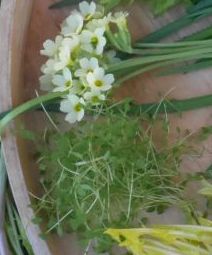
10) HOUSE EDIBLES
A few plants are permanent house plants in my living room, including Cuban Oregano, Lippia dulcis (Sweet Aztec Herb), Lemon Grass, fresh Bay Leaf and Sugar Cane.
The salad dressing: These flavourings were first boiled with freshly harvested sour tasting seed heads of staghorn sumac (Rhus typhina) and a little dried chili. The remaining concentrated water was mixed with olive oil (not home grown although I do have 3 berries ripening on a small tree!) and crushed garlic to make the dressing. Toasted seeds (see below) were mixed in.
11) SEEDS
The final category is seeds, including seed of opium poppy, caraway, dill and invasive Himalayan balsam (Impatiens glandulifera) which were first fried quickly in olive oil and then added to boiled quinoa (my own selection “Stephe”) and Henry quinoa (seed of Good King Henry)
PREPARING THE SALADS
Preparation is simple.
1) Wash and cut (I use scissors for leafy greens) all the ingredients and put in the serving bowl
2) Put aside interesting and colourful ingredients which can be used to decorate the salad
3) Prepare the dressing
4) Mix the dressing with the quinoa/seed mix
5) Mix the dressing mix into the salad
6) Decorate the salad
Some pictures can be seen below of the salads at different stages of preparation
Birds seen from the house today 11th March 2017
Oystercatchers (tjeld) are one of the first spring migrants to arrive here and early March is the normal time. I was woken up by the characteristic piping call of these birds this morning!
An eagle also suddenly appeared right outside the window where I sit, no more than 30m away…but it was all over in a flash and it was gone……
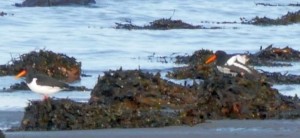
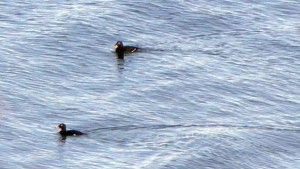
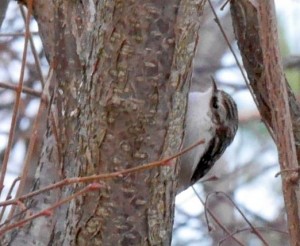
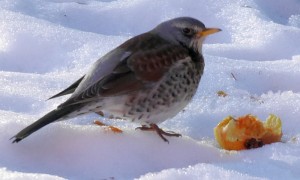
Extreme winter record salad
Proof one more time that north is best for growing a diversity of tasty salad greens ;) Presenting (and claiming) my new world winter salad diversity record, a salad with over 140 ingredients all harvested locally without using any additional energy than is available in my house and cellar (no greenhouse; no freezer; no fermenting involved and only dried fruit and seed used apart from fresh vegetables!). Despite the snow cover I was able to harvest some 20-30 edibles outside. More on how this can be done will be the subject of a separate post!
The salad was presented and eagerly devoured by those who had bought tickets for the Gourmet Cinema event on 9th March 2017 as part of the Trondheim Kosmorama Film Festival! It went so quickly, I didn’t even get a taste myself!
The film was followed by a Food talk with a panel including the film’s director Michael Schwarz, the head chef at Credo Heidi Bjerkan, myself and Carl Erik Nielsen Østlund, the owner of the biodynamic organic farm that supplies much of the food to Credo, moderated by Yoshi!
http://kosmorama.no/en/2016/12/gourmet-cinema-in-defense-of-food
As Michael Pollan concludes in the film:
Eat Food, Not too much and (as many as possible) mostly vegetables!
The day before, I had prepared a 105 ingredient salad for the festival dinner at Credo restaurant (http://www.edimentals.com/blog/?p=10184). While preparing that salad, I made a second salad with the same 105 ingredients…and then added almost 40 additional ingredients that I hadn’t had time to harvest the day before!

